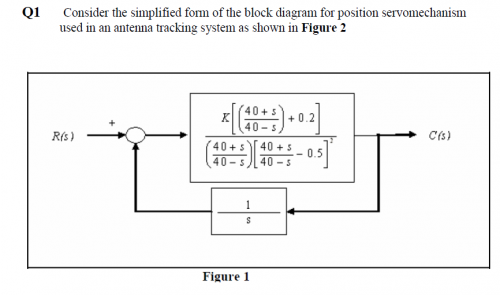

I usually build a high-entropy expression obtained with Thévenin in this case and make sure both answers are rigorously similar in magnitude and phase. This is it, we have everything to be happy and a Mathcad sheet can check these results. The methods relies on determining the time constants when the stimulus - \$V_\$. However, and it could be the issue for an exam, I am not sure if the person who reviews your contribution will recognize it as a valid method as he/she perhaps expects the classical KVL/KCL approach. If you want to be fast and be efficient to determine transfer functions, there is no other way than resorting to the fast analytical circuits techniques or FACTs that I describe in my book on the subject.


 0 kommentar(er)
0 kommentar(er)
